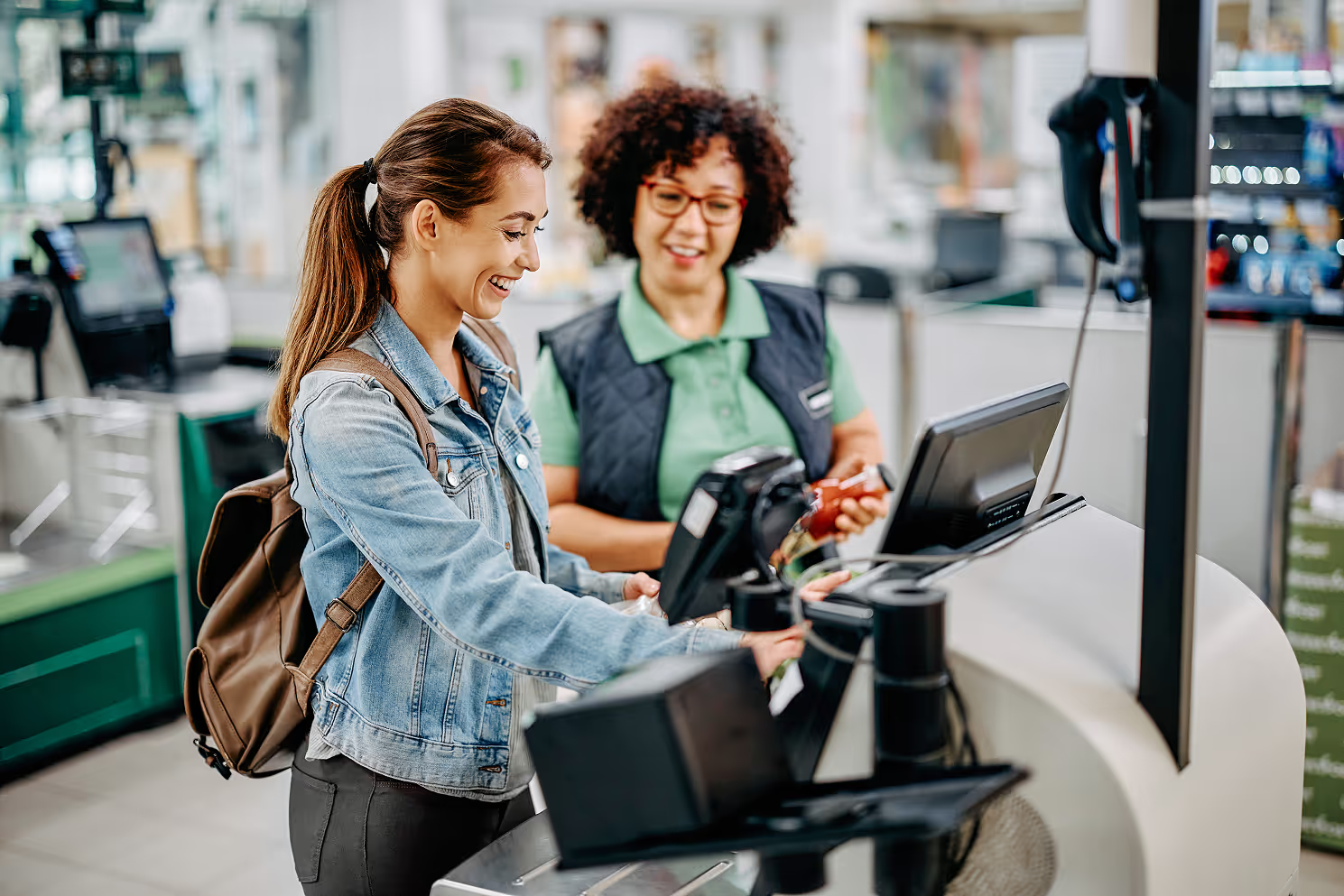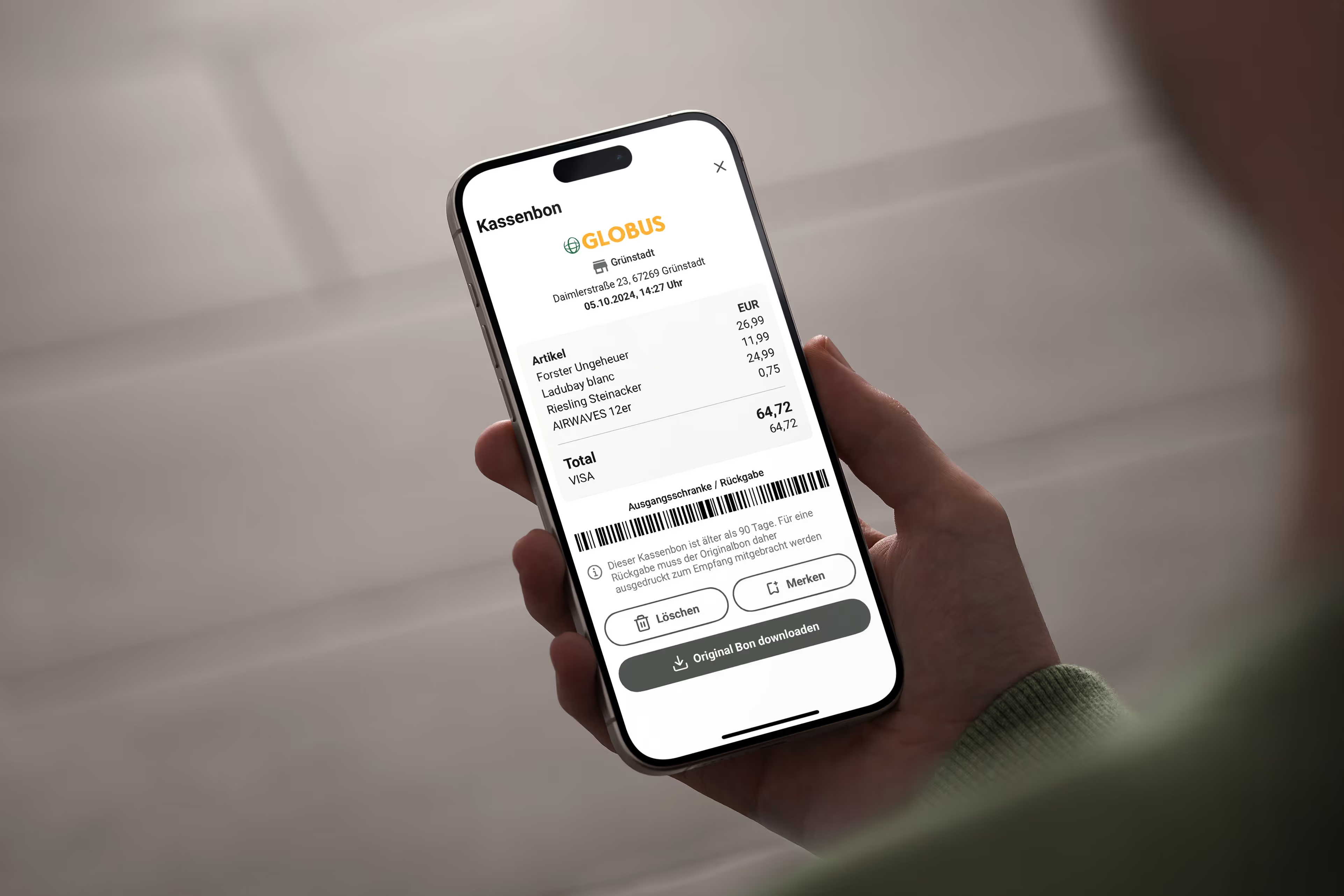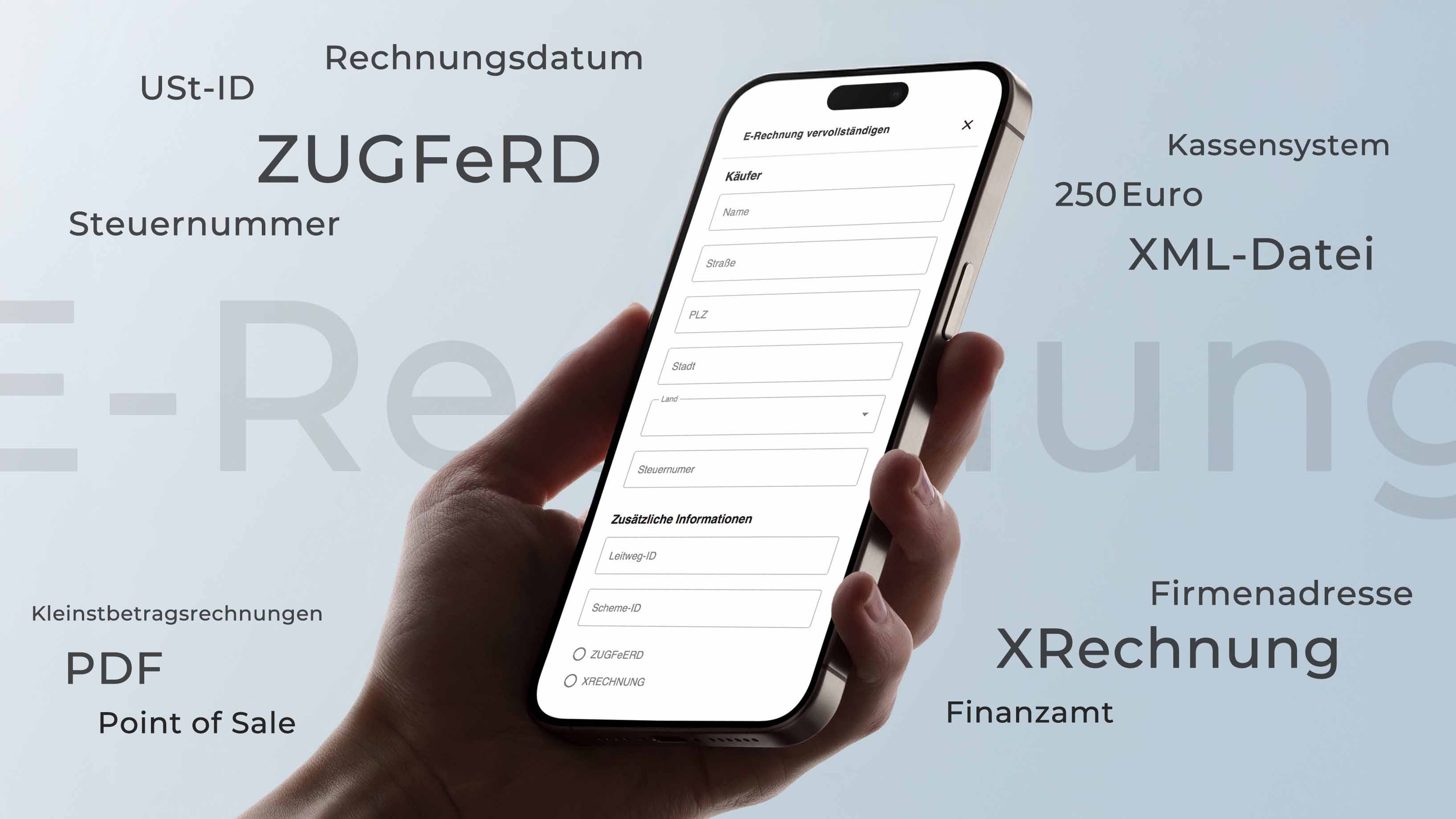
Since January 1, 2025, e-invoicing has been mandatory for B2B transactions between companies based in Germany. Still, many retailers and POS providers are unsure. Which cases are affected? What technical steps are required? And how can these new requirements be integrated into existing checkout processes without creating complexity?
What applies and what doesn’t?
The e-invoicing obligation covers all B2B transactions above 250 euros between companies based in Germany. Small-value invoices below this threshold are exempt, but there are many situations where the amount is exceeded or customers specifically request an e-invoice. In those cases, a simple PDF is no longer enough. The invoice must be provided in a structured, machine-readable format like XRechnung or ZUGFeRD.
What does an e-invoice need to include?
A valid e-invoice must contain the following:
- Name and address of the sender and recipient
- Tax number or VAT ID
- Invoice date and a sequential invoice number
- Description of goods or services
- Net amount, VAT, and gross amount listed by tax rate
All of this must be available in a structured format, such as XML, so the invoice can be processed automatically.
The challenge at the point of sale and what POS providers need to know
Most POS systems are not yet set up to issue e-invoices directly. Checkout processes are built for speed and simplicity. Creating a compliant XML invoice, collecting customer data, and ensuring nothing goes wrong in the process requires a flexible solution that fits seamlessly into the existing setup.
How anybill solves this with e-invoices at checkout
anybill already enables retailers to issue digital receipts directly from the POS. Based on this foundation, and together with our POS software partners, we are expanding our solution to meet the requirements of the B2B e-invoicing obligation. This works without switching systems, manual work, or isolated tools:
- A new receipt type called e-invoice, in addition to existing formats like hospitality receipts
- Entry of customer data via the digital receipt page
- Output in XML or ZUGFeRD format, with a matching PDF view
- Missing data like VAT ID or company name can be added by the customer after the transaction
- In the future, optional submission to the tax office may be possible
All of this happens within the existing POS workflow. Receipts stay digital, complete, and compliant without any extra effort for retailers or their staff.
Can a digital receipt be issued first and completed later?
Yes, and in many cases, that’s the best approach. A digital receipt can be issued anonymously at first. The customer can then enter their data on the receipt page. Once the information is complete, an e-invoice in the ZUGFeRD format is automatically generated. Since this format includes both PDF and XML, it is readable for both people and systems. To meet legal requirements, this process should be completed shortly after the original transaction.
What about submission to the tax authorities?
At the moment, companies in Germany are not required to submit every e-invoice to the tax office. However, future changes are being discussed as part of the EU’s “VAT in the Digital Age” initiative. That’s why it already makes sense to use formats that could support automated reporting if it becomes mandatory later on.
Conclusion
anybill is the partner for digital receipts in retail, for both B2C and B2B use cases. Our solution is designed for the checkout process and that is exactly where we operate. We enhance the existing digital receipt to meet e-invoicing standards so it can be used for B2B transactions as well. Just like the hospitality receipt, this is not a separate process but a natural extension within the POS. We do not offer a standalone e-invoicing tool. Instead, we provide an integrated and future-ready solution that is flexible, compliant, and built for real-life retail environments.







.jpeg)

